As a freight rail shipper, you are part of the lifeblood of global trade, where efficiency and security are paramount. However, with the increased interconnectivity of our supply chains and the reliance on digital systems comes an increased number of challenges that can disrupt operations and compromise sensitive data. This blog is dedicated to you, the freight rail shippers who are seeking to strengthen your defenses against the ever-evolving landscape of digital vulnerabilities.
Stay with us as we unravel the best practices and innovations that fortify the digital aspects of freight rail shipping and discover how aligning with these advancements doesn’t just protect your business—it propels it forward into a future where safety and progress ride the rails together.
The Landscape of Rail Security
Challenges in Rail Security
Ensuring secure shipping of rail freight is vitally important, but not without its difficulties. From both the digital and physical aspects of the industry, there are seemingly a myriad of challenges that rail shippers come up against when considering security. Some of the most prominent challenges include:
Digital Rail Security Challenges
- Exposure to Cybersecurity Threats: Rail freight shippers rely heavily on computerized networks for operations, communication, and information exchange. The immense dependency on these systems makes them a potential target. Any breach caused by hacking, malware, or other cyber threats can disrupt operations and impede the timely delivery of commodities.
- Risk to Confidential Information: These systems also house all the confidential information needed for freight rail, including shipment details, business contacts, and sensitive operational data. Any unauthorized access or leakage of these details can negatively impact anyone shipping the freight, involved in handling the freight, or receiving/delivering.
- Vulnerability of Legacy Systems: Rail shippers and railroads alike sometimes use older, so-called legacy systems for logistics. These systems weren’t designed with modern cybersecurity threats in mind or haven’t been able to adapt to new threats. The presence of such systems can leave logistics networks vulnerable to attacks.
- Inconsistency in Cybersecurity Measures: There are often inconsistencies in terms of cybersecurity measures across the rail industry. These differences can pose a challenge to any organization who interacts with various partners or service providers with different security standards.
The Role of Modern Technology
For rail shippers navigating the complex landscape of security challenges, embracing modern advancements offers the ability to overcome the above challenges, or mitigate them. By investing in these technological innovations, rail shippers and railroads can bolster their security options, safeguarding their operations against an array of modern threats and ensuring resilience in the face of adversity.
Best Practices for Rail Security
In the modern, interconnected world of freight rail shipping, maintaining robust security involves not just physical measures but digital ones as well. A holistic security strategy that integrates advanced technology and ensures a balanced approach between physical and digital measures is a necessity. Below are some guidelines and best practices to help accomplish this:
Digital Security:
- Implement robust cybersecurity measures: Deploy reliable cybersecurity solutions such as encryption, firewalls, intrusion detection systems, and strong access control mechanisms. Regularly update and patch all systems to ensure protection against known vulnerabilities.
- Prioritize regular security audits: Conduct frequent cybersecurity risk assessments and audits. These inspections help identify potential vulnerabilities in your systems and formulate strategies to address them.
- Invest in employee training and awareness programs: Train your staff on safe digital practices to minimize the risk of security breaches originating from human error.
- Disaster Preparedness: Utilize tools for risk assessment and early warning systems to prepare for natural disasters. Technologies like GIS (Geographic Information Systems) can help in planning and executing effective disaster response strategies.
- Robust Cybersecurity Framework: Adopt a comprehensive cybersecurity framework like NIST (National Institute of Standards and Technology) to guide your cybersecurity policies and procedures. This ensures a structured approach to identifying, protecting, detecting, responding, and recovering from cyber threats.
- Data Encryption: Use end-to-end encryption protocols for all data in transit and at rest. Protocols such as TLS (Transport Layer Security) for data in transit and AES (Advanced Encryption Standard) for data at rest can provide solid protection against data breaches.
- Regular Penetration Testing: Conducting regular penetration tests can reveal vulnerabilities in your digital infrastructure before they can be exploited by attackers. This proactive approach is key to maintaining robust digital defenses.
Integrating Technology into Rail Security Strategies
- Unified Security Dashboard: Develop a unified security management dashboard that integrates both physical and digital security monitoring, allowing for real-time visibility and quicker responses to incidents. This can help in maintaining a holistic view of the security posture.
- Leverage IoT for Enhanced Monitoring: The Internet of Things offers extensive possibilities for improving both physical and cyber security. Sensors can detect changes in the physical environment, while IoT devices can enhance network security by monitoring system performance and detecting anomalies.
- AI and Machine Learning: Employ AI and machine learning algorithms to predict and promptly respond to both cyber and physical threats. This technology can analyze vast amounts of data to identify patterns indicative of potential security breaches or failures.
Striking a Balance:
- Integrated Security Policy: Develop an integrated security policy that covers both digital and physical aspects. This ensures that security measures are comprehensive and coherent, eliminating potential gaps in defense.
- Continuous Training and Awareness: Implement ongoing training programs for staff emphasizing the importance of security awareness and the role individuals play in maintaining it. This holistic approach combines the strengths of both digital and physical security measures to create a resilient defense mechanism against threats.
Digital Security with Rail Command®
Our smart rail shipping management solution, Rail Command®, takes your digital security seriously and is built with top-notch security features. We follow strict rules to make sure your rail freight data is protected. Additionally, we use the strong security services of Microsoft Azure to provide an extra layer of protection, ensuring your data is not just safe but also handled with the utmost care.
We’ve also earned a Type 2 SOC 1 Audit certificate, which means we’ve proven our system’s ability to keep your information secure over time. This certification is a testament to our commitment to not just meeting, but surpassing, the highest security standards in digital security for freight rail operations. With Rail Command®, you can trust that we are always working to guard your operations against cyber threats, keeping your operations smooth and secure.
In this era of pervasive digitization, rail shippers stand at the forefront of a new frontier—one that holds incredible promise but also presents unprecedented cyber challenges. As we’ve explored, securing your business from cyber threats isn’t an optional upgrade. It’s the first line of defense in ensuring your operations run smoothly, your financial assets remain intact, and your reputation stays on track.
Embrace the strategies and technologies we’ve outlined to fortify your digital boundaries, nurturing an ecosystem of cybersecurity that evolves in tandem with the threats it mitigates. Dear rail shippers let’s not forget that progress is a journey, not a destination. This holds so true in our battle against cybercriminals, where staying vigilant can make a world of difference.
Success in this digital landscape demands more than just acknowledging the risks—it requires an investment in our defenses, shielding our businesses from potential derailment. With every encrypted data transmission, every multi-factor authentication, and every cloud shit that we safeguard, we’re reinforcing our industry’s resilience and paving the way for others to follow in our stead.
When it comes to cybersecurity, we are all in this together. Let this blog guide you through the complex journey of building robust digital defenses, seeing it not as a daunting challenge, but as an empowering opportunity to bolster the cybersecurity resilience of our vital industry.
To continue strengthening and enhancing your digital security strategy, consider tapping into the wealth of rail management resources offered by RSI as your guiding compass. Our resources delve into more profound depths of these topics and provide critical updates on the latest technological advancements. Let’s ensure we stay on the rails to safe and secure rail shipping together. Explore RSI’s rail management resources now.
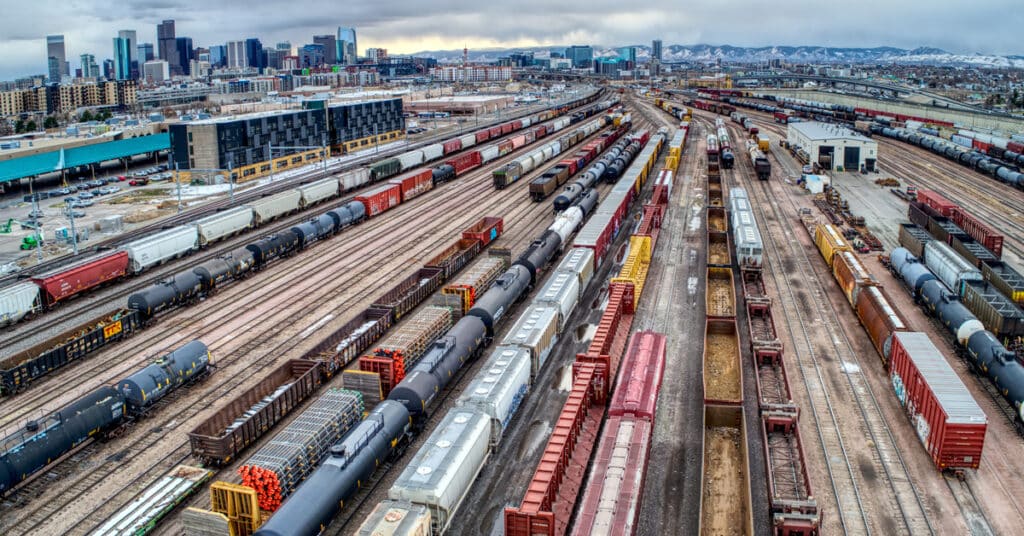
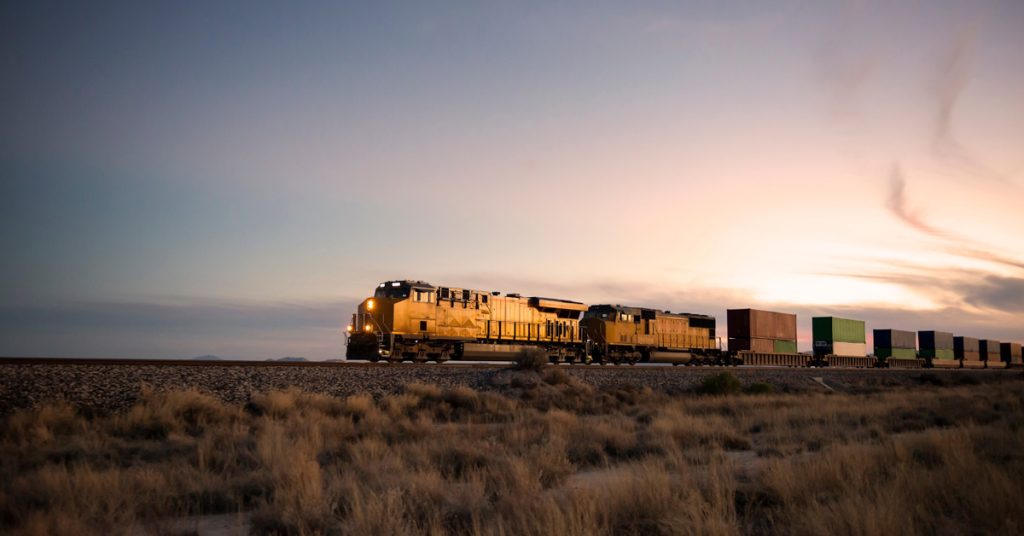
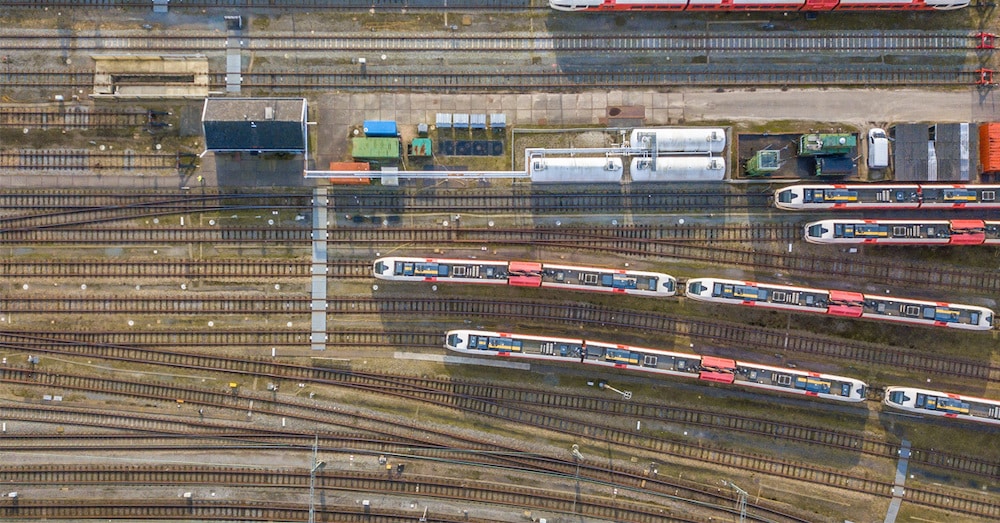

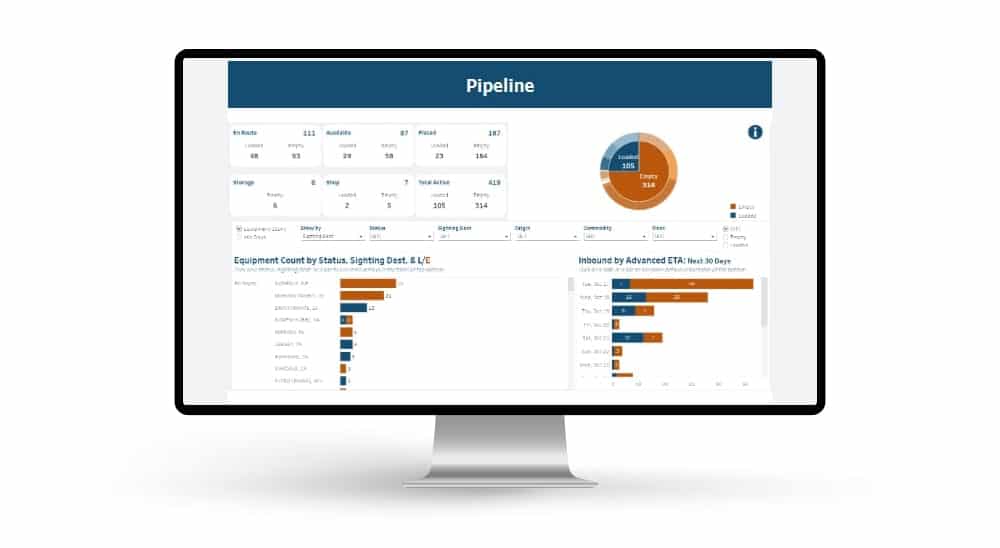 Automated exception reporting of the railcar tracking data makes it easy to identify and troubleshoot jeopardized shipments, thereby enabling you to provide better service to your stakeholders.
Automated exception reporting of the railcar tracking data makes it easy to identify and troubleshoot jeopardized shipments, thereby enabling you to provide better service to your stakeholders.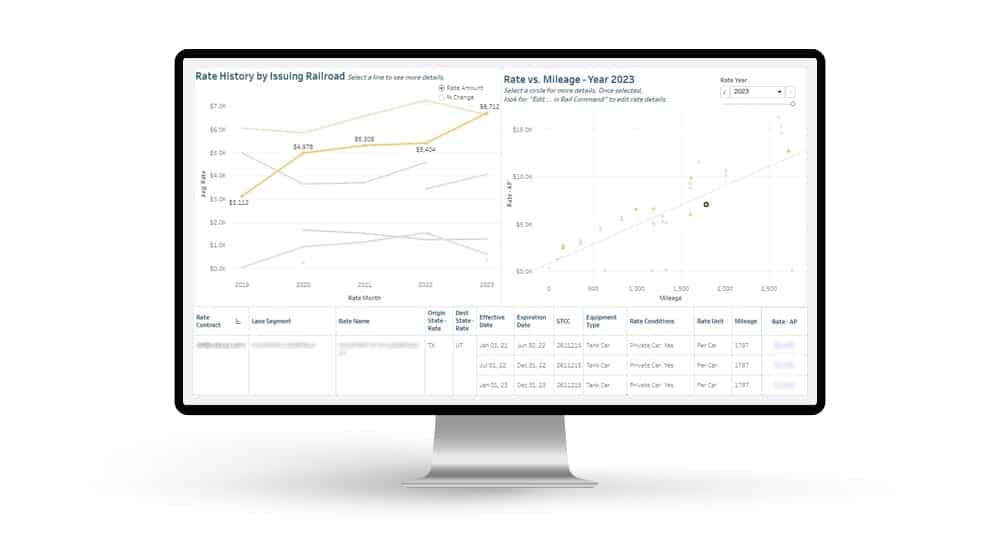 Receive notification of pending rate expirations. Tariff changes and fuel surcharges can be automatically updated.
Receive notification of pending rate expirations. Tariff changes and fuel surcharges can be automatically updated.